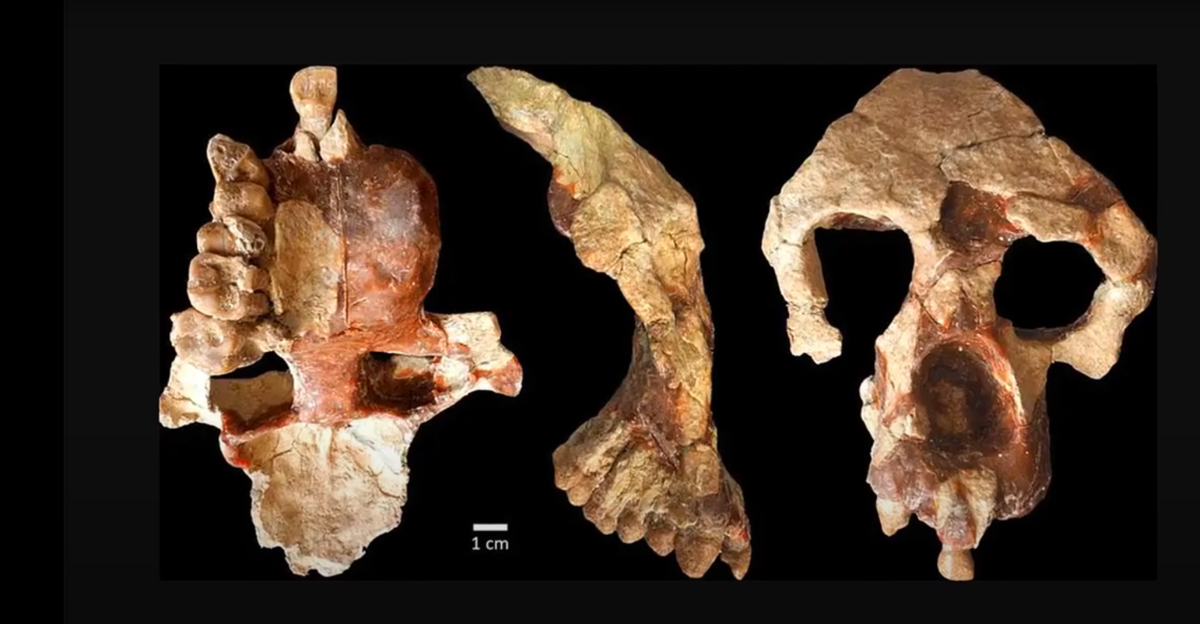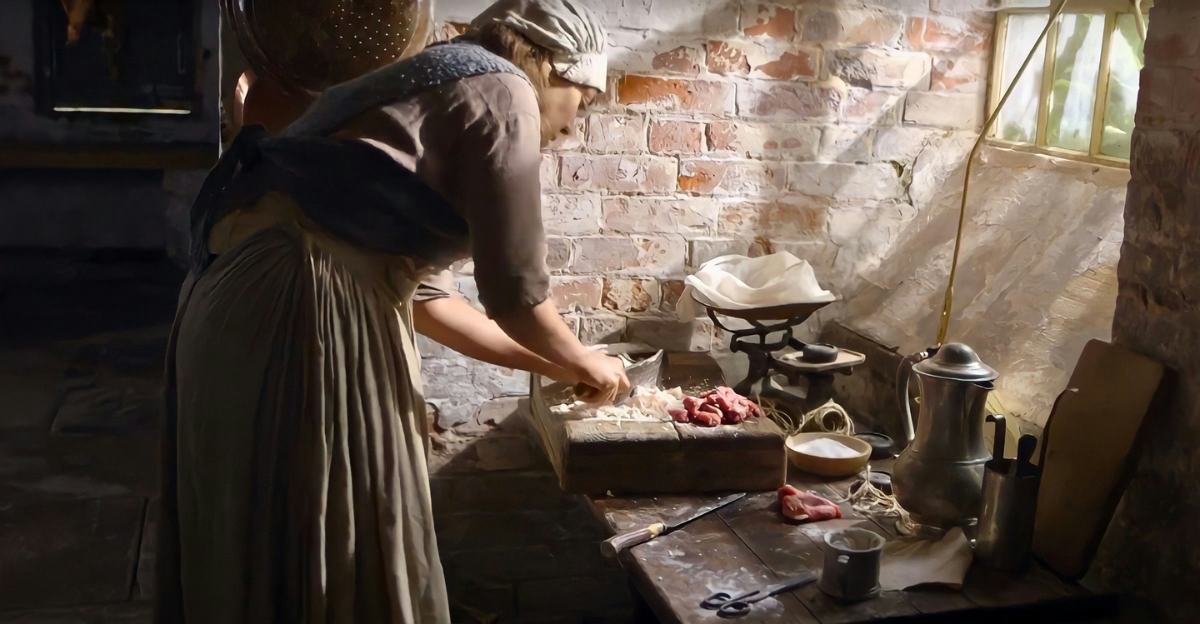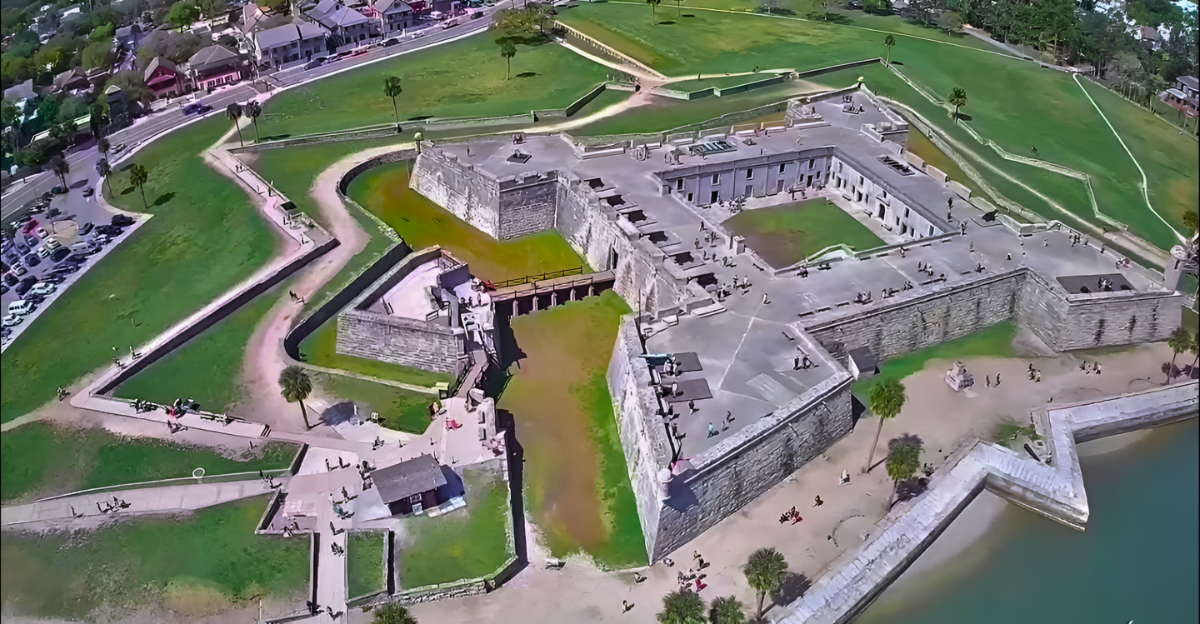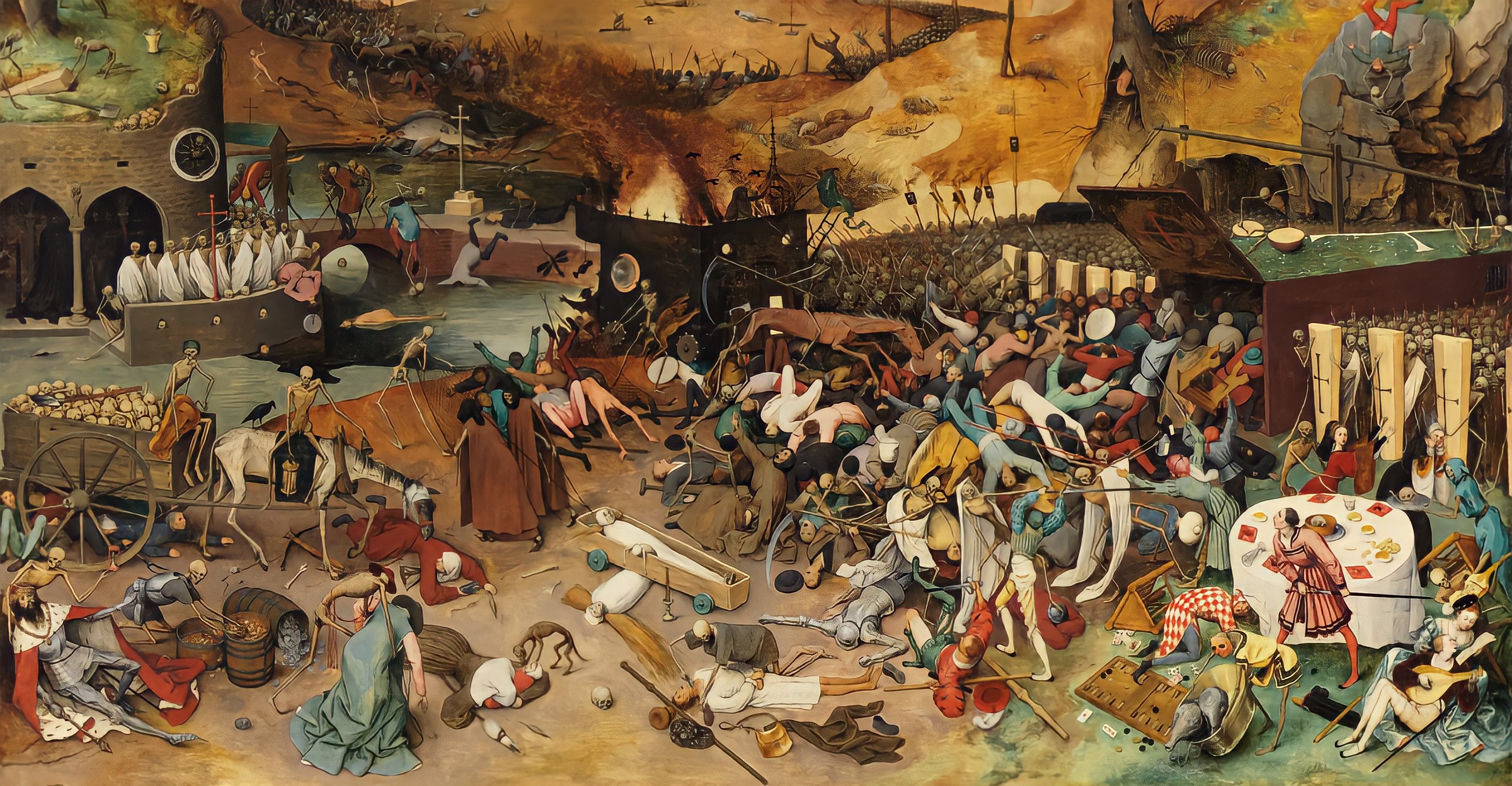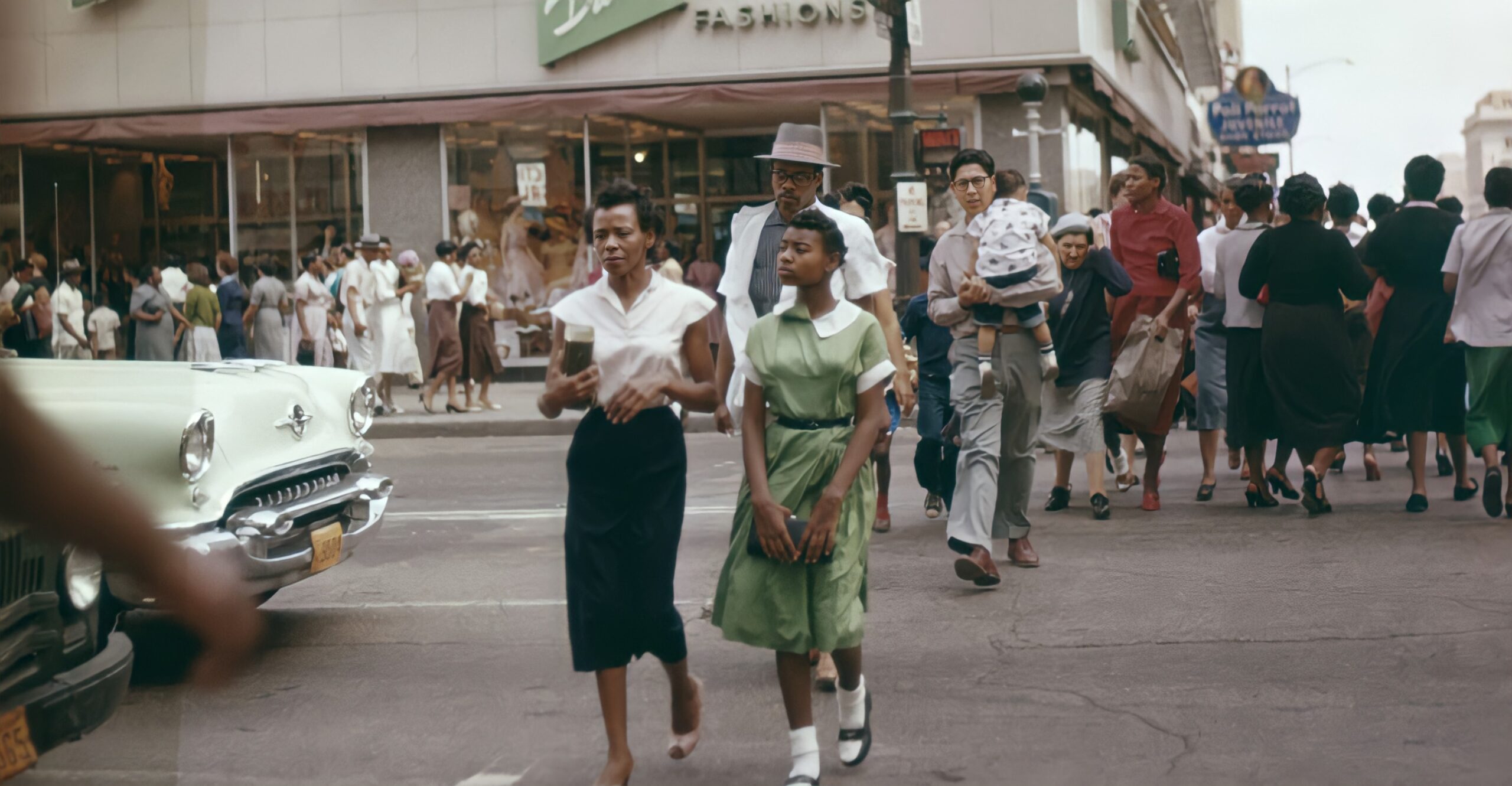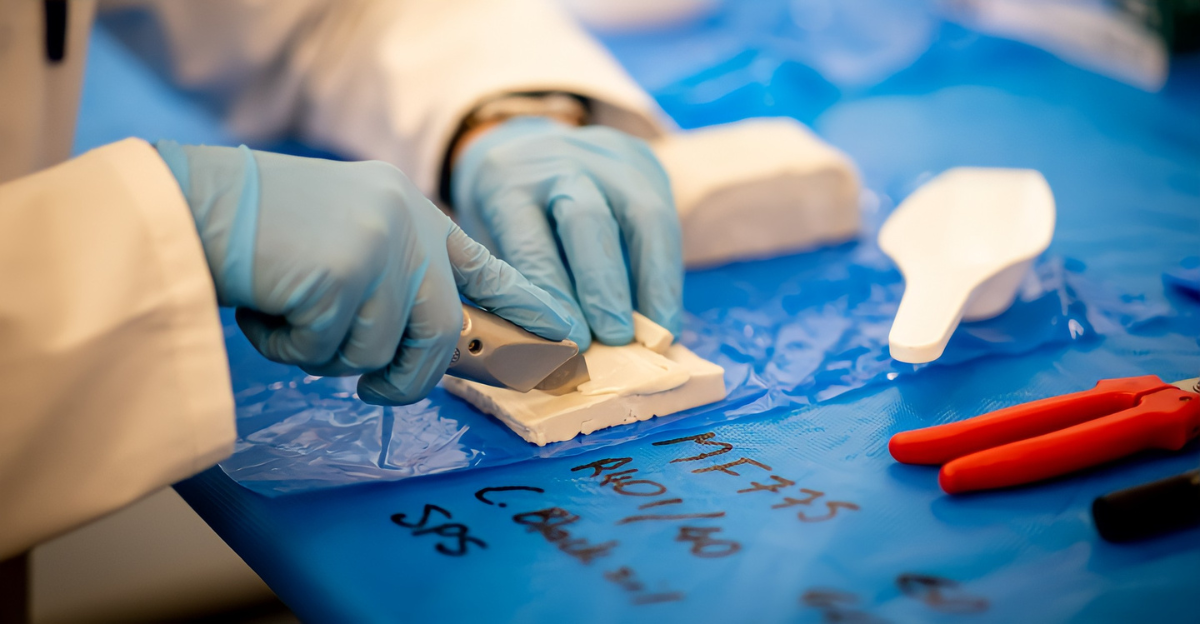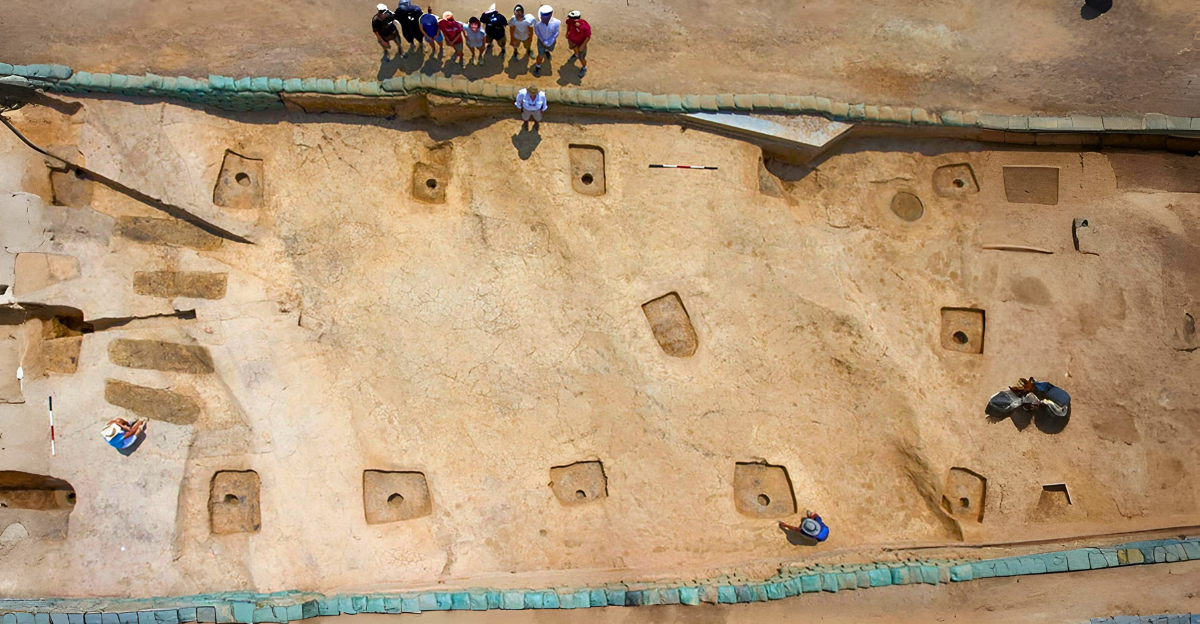
For hundreds of years, the graves beneath Jamestown’s early church remained untouched, with their occupants’ identities lost to time. For a long time, archaeologists believed that these burials belonged to significant figures from the colony’s earliest days, but no one knew the truth.
But now, thanks to a breakthrough in ancient DNA (aDNA) research, the truth is finally coming to light. The big question: who were these people, and what could their remains reveal? As scientists prepared to uncover more, the potential to reshape our understanding of early American history had never been greater.
A Major Find
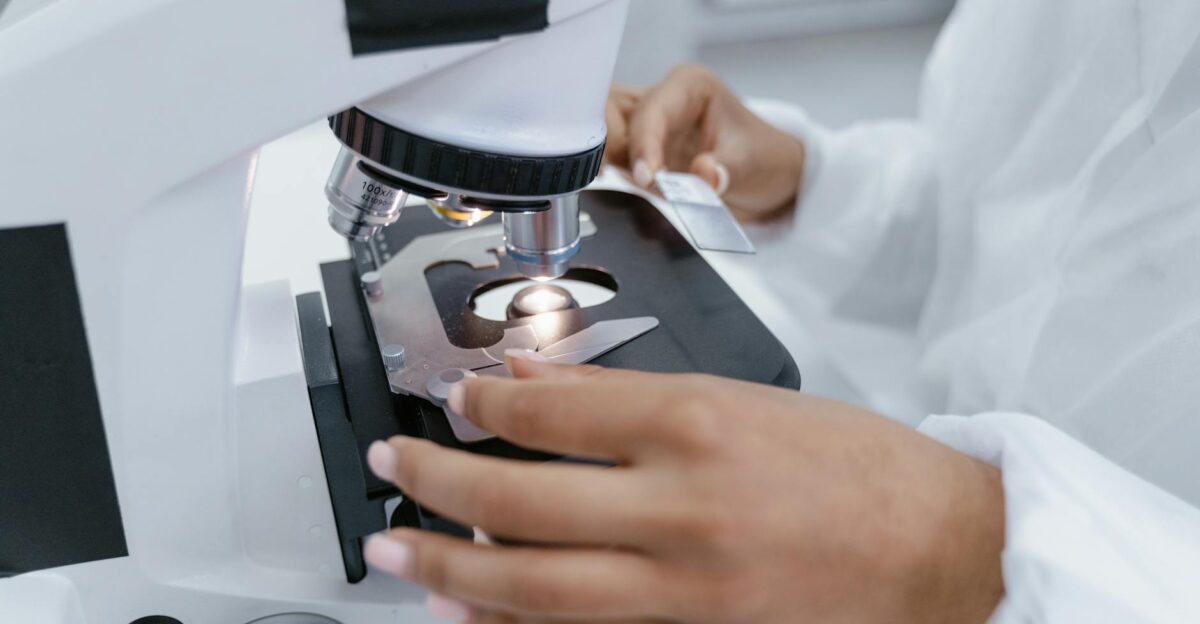
The first major surprise was when geneticists at Harvard’s Reich Lab were able to extract usable DNA from these old bones. Since Jamestown is exposed to hot, humid conditions, scientists didn’t think the DNA would’ve been preserved, making it a remarkable achievement.
Researchers then began analyzing the genetic signatures of two skeletons, which they had labeled as JR2992C and JR170C, and compared them to a large database of European and Near Eastern populations. The findings clearly indicated Western European ancestry, confirming that these remains belonged to men likely from the English elite, just as they suspected from their prominent burial site.
A Race Against Time
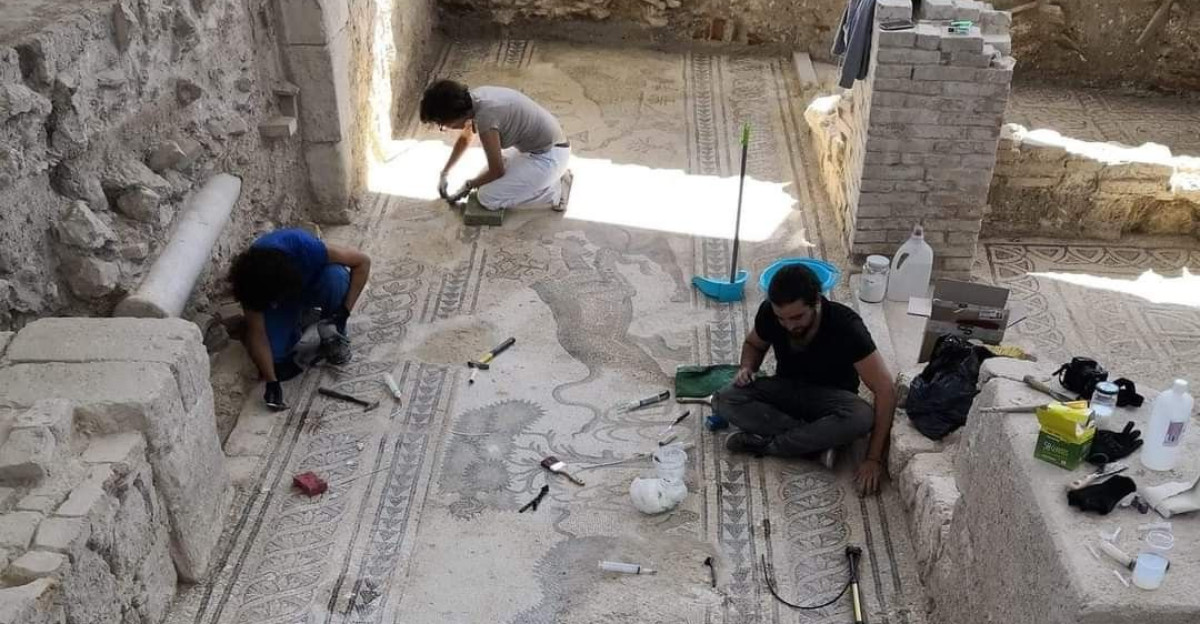
But you might be wondering why these men were buried so close to the church altar. During the 17th century in Jamestown, this type of honor was reserved for the colony’s elite. According to Dr. William Kelso, Emeritus Director of Archaeology at Jamestown Rediscovery, these graves likely belonged to individuals of great political and social significance.
This discovery gave the investigation a new sense of urgency, as uncovering their identities could shed light on the power dynamics and personal stories that shaped the fate of England’s first permanent settlement in the New World. The search for these men’s names became a race against time and scientific uncertainty.
A Secret Relationship

Before long, historical records point to two possible men: Sir Ferdinando Wenman and Captain William West. The men were linked to the influential West family, which included Thomas West, the Third Baron De La Warr, and Jamestown’s first governor.
Historians and archaeologists were thrilled when they learned that these skeletons likely belonged to high-ranking leaders. However, as research continued, scientists found that this story was about so much more than just elite burials. The DNA hinted at a secret relationship that could challenge centuries-old assumptions.
The Link
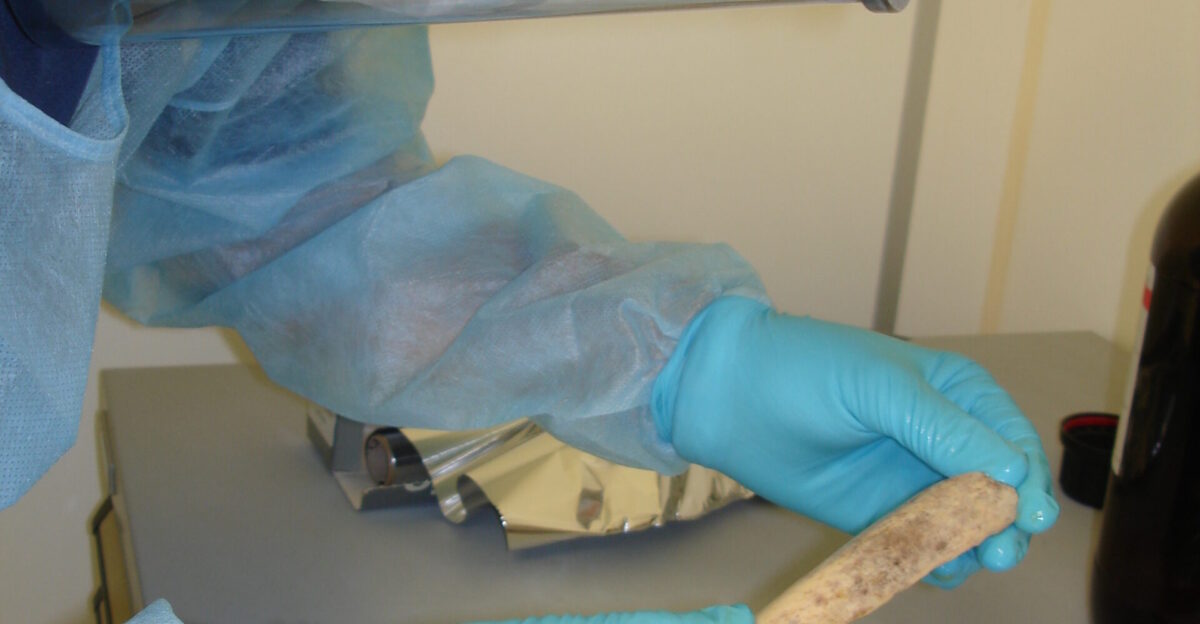
What made this investigation so unique was its groundbreaking use of ancient DNA to identify people from the past. According to Karin Bruwelheide of the Smithsonian Institution, this also marked the first successful application of a DNA analysis to identify individuals at Jamestown.
By examining mitochondrial haplogroups, which trace maternal lineage, the team quickly identified a connection between the two men that historical records alone couldn’t confirm. Their genetic link, combined with skeletal analysis and burial context, offered a more detailed understanding of colonial life and death than ever before.
A Scandalous Secret
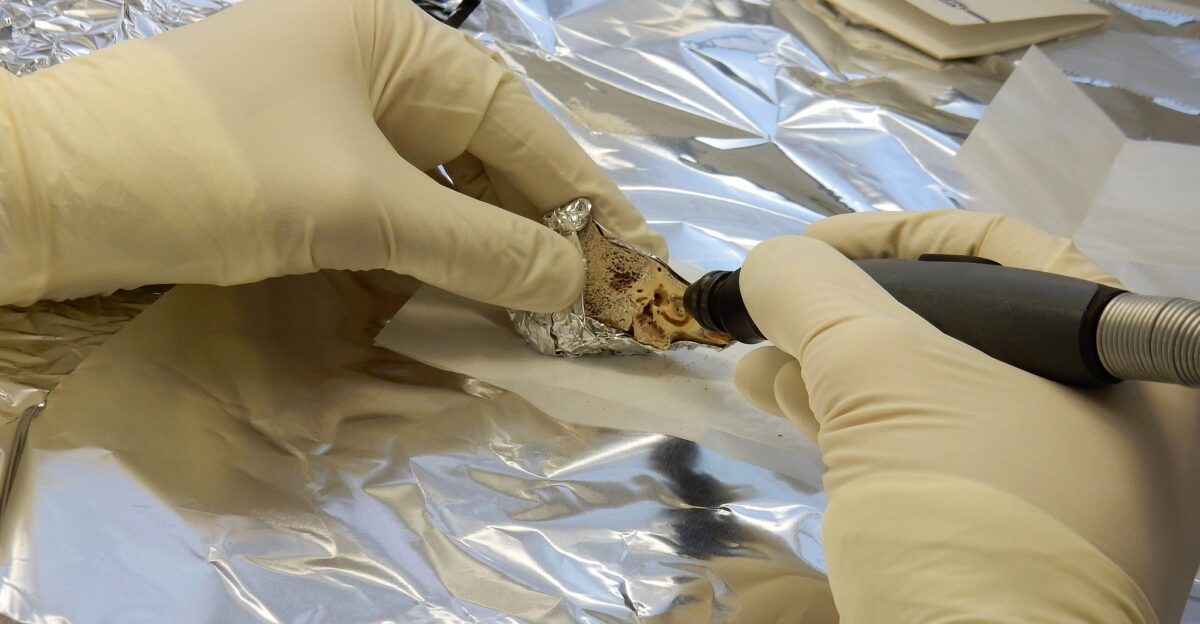
The biggest surprise came when researchers found that both men were related through their maternal line. Because of this, historians went back to the archives, quickly finding a court case involving Captain West’s estate.
The records pointed strongly to William West being the illegitimate child of Elizabeth, Thomas West’s unmarried aunt. In 17th-century England, illegitimacy was a scandalous secret, especially among the nobility. The DNA evidence revealed a hidden family secret that official documents had deliberately kept under wraps for centuries.
A Major Problem
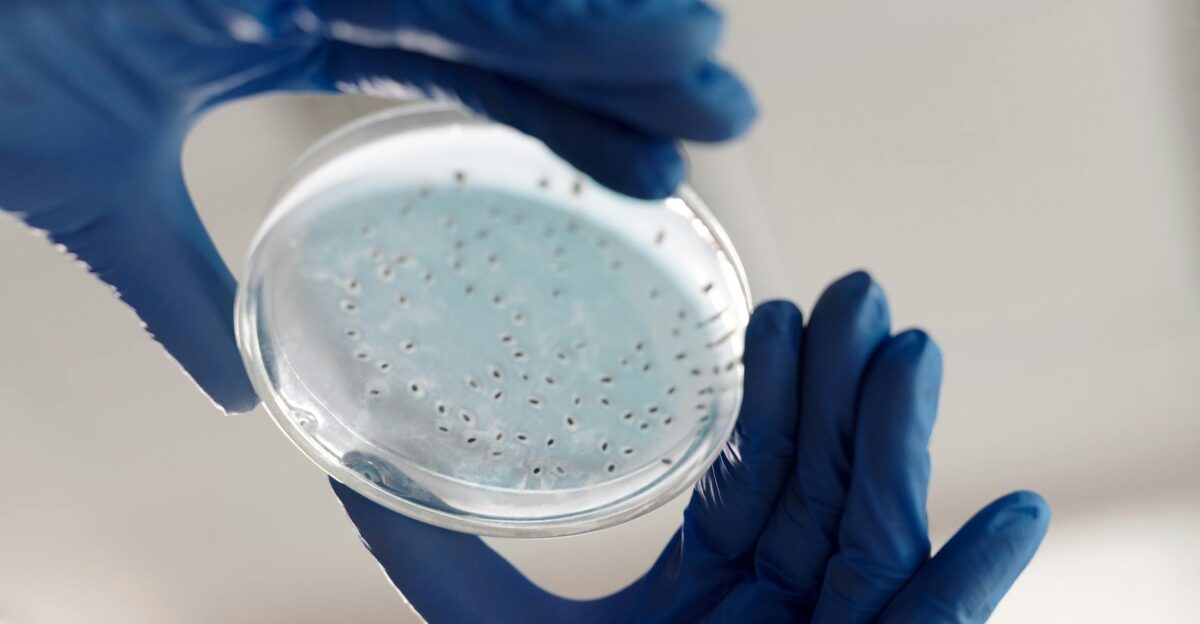
During the 1600s, illegitimacy was a major problem that threatened inheritance, social standing, and even political power. For an influential family like the Wests, this kinds of secret would have been carefully hidden, left out of family trees, and downplayed in official records.
The discovery that William West was probably illegitimate casts new light on the dynamics of early colonial society. It also shows how powerful genetic research can be when it comes to uncovering long-hidden secrets, reminding us that history is often more complex than it appears.
A New Benchmark

This incredible study shows the power of interdisciplinary research. As Dr. Éadaoin Harney of Harvard explained, it was the combination of genetic analysis, archaeology, and historical investigation that helped the team piece together a story that no single approach could have revealed on its own.
Even with super poor DNA preservation, the two men’s shared mitochondrial haplogroup provided a critical clue, helping researchers find the correct historical records. The Jamestown case sets a new benchmark for how science and history can work together to solve long-standing mysteries and challenge established narratives.
Beyond The Graves
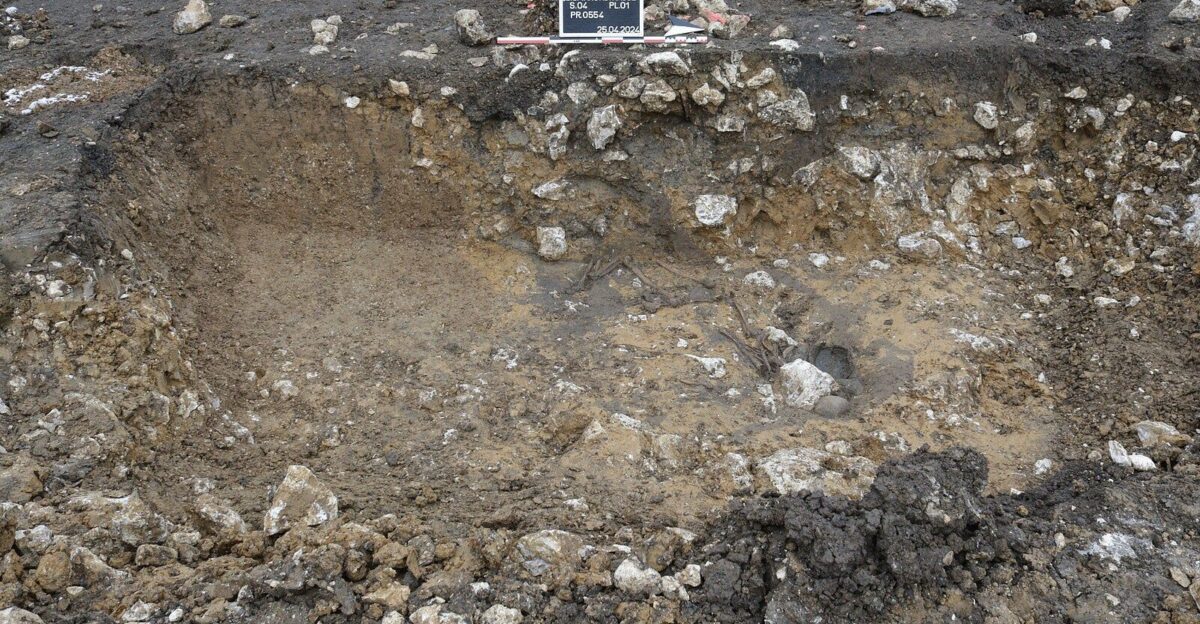
The significance of these findings reaches far beyond these two graves. By revealing the truths about family, status, and identity among the colonial elite, the study challenges us to rethink the foundations of early American society.
This study shows that even the most powerful families in history kept secrets, and that those secrets could shape history. The success of this investigation paves the way for similar studies at other historic sites, potentially revealing even more secrets.
Not Over Yet
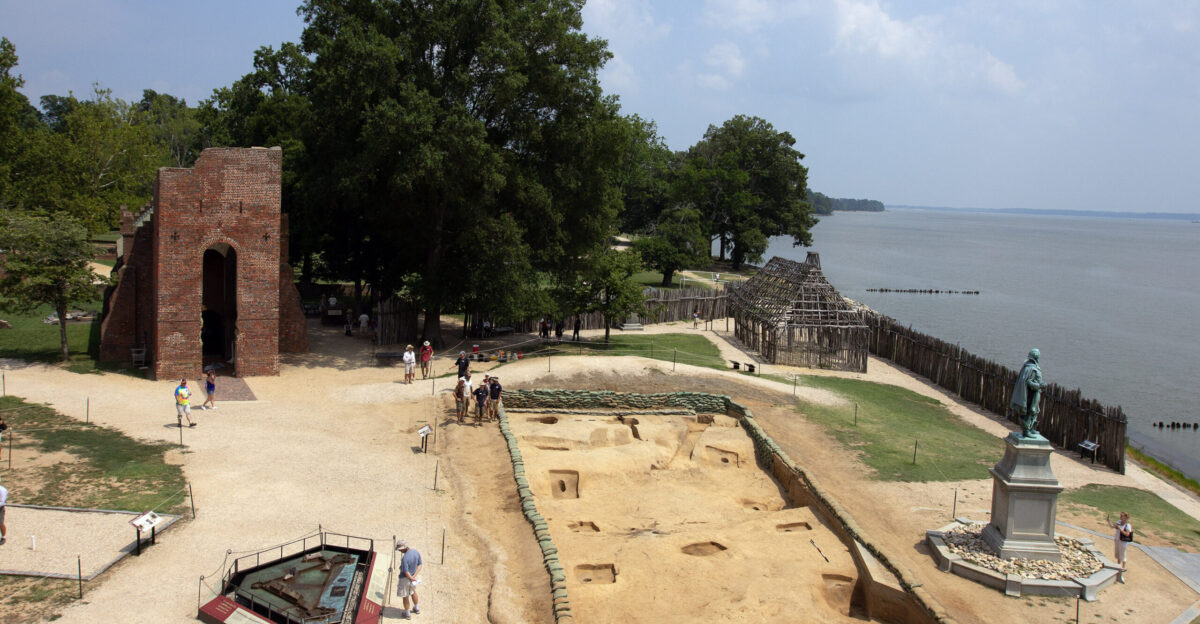
With this first genetic breakthrough, the investigation at Jamestown is far from over. Researchers now want to apply these methods to other remains and are hoping to identify more early settlers and bring their to light.
Every one of these discoveries could rewrite our understanding of America’s earliest days, challenging old myths and uncovering the truth behind old history books.

